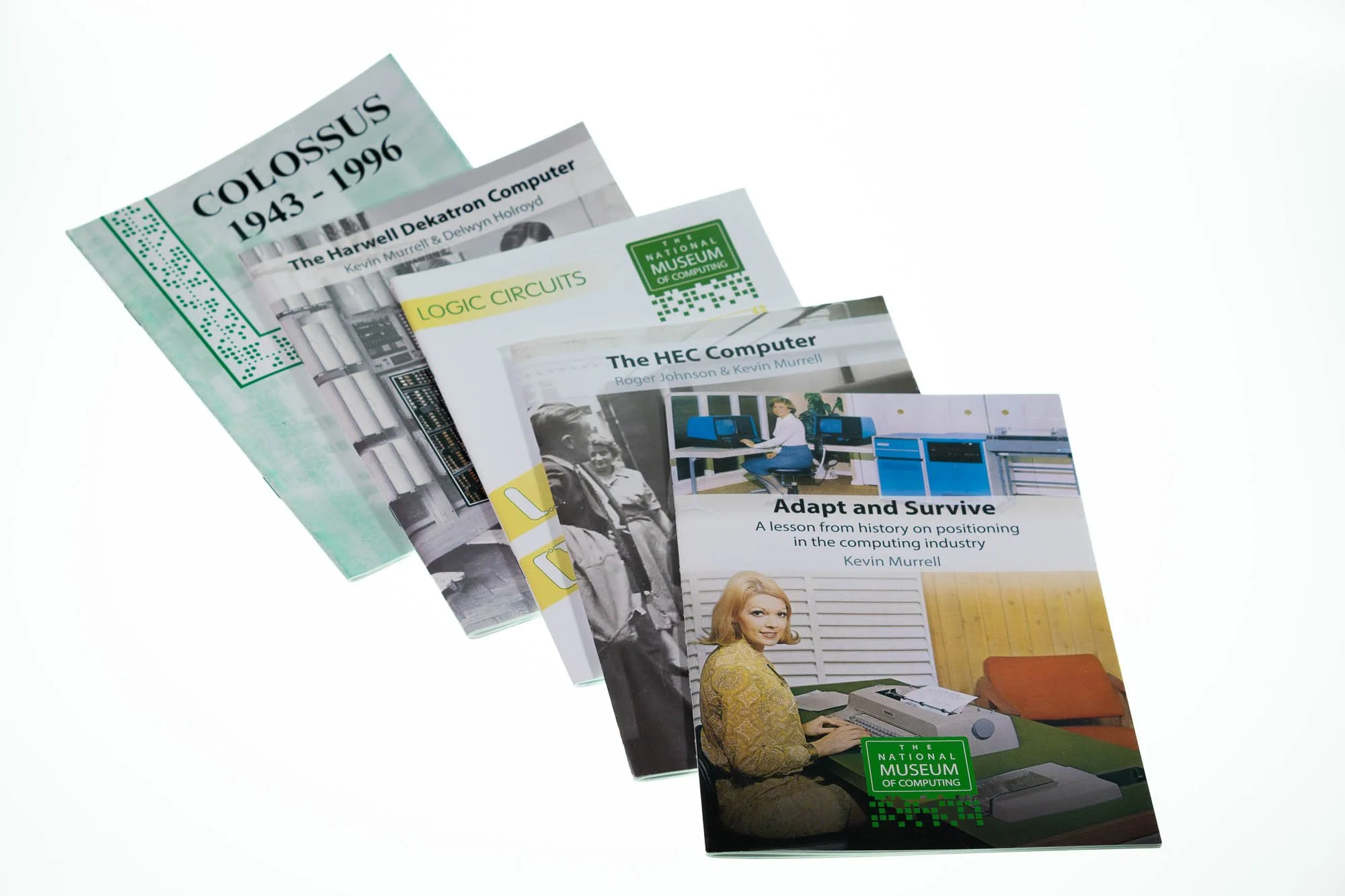The Harwell Dekatron Computer
The Harwell Dekatron Computer
The Harwell Dekatron Computer by Kevin Murrell, co-authored with Delwyn Holroyd, explores the history of one of the earliest digital computers, the Harwell Dekatron, which was used for scientific and atomic energy research in the early 1950s. The book covers the technical development, applications, and the legacy of the machine, alongside its restoration efforts in the 2000s. It's an essential read for enthusiasts of computing history, offering a detailed look at a significant piece of early British computing technology.
Paperback - 38 printed pages
The Harwell Dekatron Computer is a very early digital computer designed and built by the Electronics Division at the Atomic Energy Research Establishment at Harwell. It went into service in 1952 with the dual aims of augmenting the computing power available to the Theoretical Physics Division and to act as a test-bed for new components of interest for nuclear instrumentation.
The computer used ‘Post Office’ relays for control and sequencing, and Dekatron counting tubes and cold-cathode trigger tubes for storage and arithmetic. Although slow, roughly equivalent to a skilled operator with a mechanical desk calculator, it was capable of unattended continuous operation. After several years service at AERE, it passed to the Wolverhampton and Staffordshire College, where it provided hands-on experience of computer programming for students and local school-children. Later, it was displayed at the Birmingham Museum of Science and Industry, and then held in store for some 30 years.
In 2009 it was transferred to The National Museum of Computing for restoration to full working order by the Computer Conservation Society.








